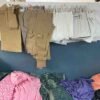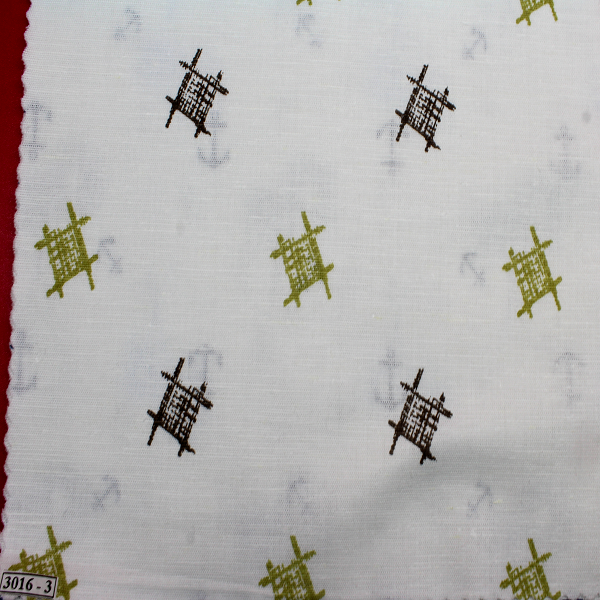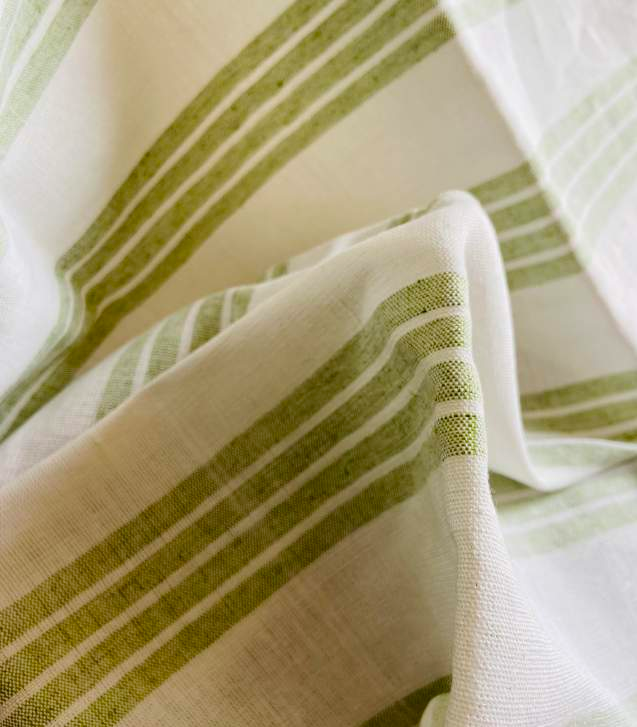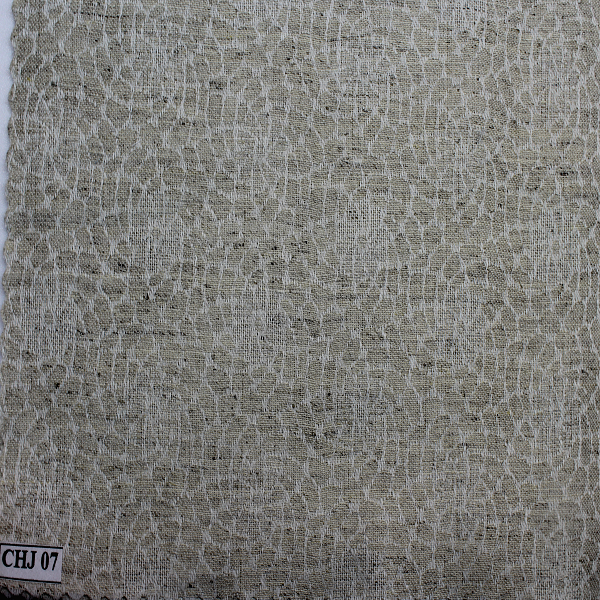Why Gen Z is Quietly Ditching Fast Fashion and Turning to Hemp
Fast fashion once ruled the closets of the youth, offering trendy styles at unbelievably low prices. But the tide is shifting. Today’s younger generation, especially Gen Z, is more conscious about what they wear, where it comes from, and its impact on the planet. In this silent yet significant revolution, hemp fabric has emerged as the hero—and it’s not just a trend. It’s the future of sustainable fashion. At Echo Earth, we are committed to driving this change by offering high-quality, planet-friendly hemp textiles. As a leading wholesale hemp fabric supplier in India, we’ve seen firsthand how fashion designers, ethical brands, and even global retailers are making the switch from fast fashion to long-lasting, eco-conscious materials like hemp. Fast Fashion’s Fall from Grace Fast fashion brands promise runway-inspired looks at a fraction of the price. However, this convenience comes with a hidden cost—environmental damage, labor exploitation, and an alarming rate of textile waste. An average fast fashion item is worn fewer than 10 times before it ends up in a landfill. Gen Z—known for being tech-savvy and socially conscious—is choosing to opt out. Instead of overconsumption, they’re embracing minimalism, ethical production, and circular fashion. That’s where hemp shines. Why Hemp Appeals to Gen Z Hemp is not a new discovery. It’s an ancient textile that has been used for thousands of years. But its reintroduction into modern fashion aligns perfectly with Gen Z’s values: sustainability, durability, and transparency. Hemp: Uses 50% less water than cotton Grows without synthetic fertilizers or pesticides Is 100% biodegradable Becomes softer with every wash Lasts longer than most natural fibers These traits make hemp an ideal choice for young designers and consumers alike. At Echo Earth, our role as a bulk hemp textile exporter for designers allows us to empower a generation of creators who prioritize both planet and performance. From Farm to Fabric: How Hemp is Processed Sustainably The process of turning hemp stalks into yarn and fabric involves far less chemical intervention than synthetic fibers or even conventional cotton. Mechanical processing and water retting are preferred over harsh chemical treatments, reducing environmental harm. We at Echo Earth ensure our manufacturing process follows global sustainability standards. As a hemp woven fabric wholesale exporter, we offer a wide range of eco-friendly fabrics—ranging from 100% hemp to custom organic hemp blends tailored for B2B export in fashion, upholstery, and accessories. Designers Are Leading the Change Independent and emerging designers, especially those targeting younger audiences, are shifting their supply chains toward hemp. These creators are ditching polyester and cotton blends in favor of breathable, strong, and eco-positive materials. Thanks to custom organic hemp blends (B2B export) solutions, designers are no longer limited by texture or finish. Echo Earth supports fashion houses with dyed, woven, and blended hemp fabrics that meet specific brand aesthetics—without compromising on sustainability. This flexibility allows brands to maintain creative control while aligning with the ethical values that Gen Z demands. Hemp Is Also a Smart Business Choice For businesses, the hemp revolution isn’t just a feel-good move—it’s smart economics. As awareness around sustainability grows, consumers are willing to pay a premium for eco-friendly products. That’s why top labels and slow fashion startups alike are investing in hemp-based clothing lines. Being a trusted wholesale hemp fabric supplier in India, Echo Earth provides competitive rates, bulk availability, and reliable quality control for businesses across the globe. Whether you’re sourcing for retail, fashion export, or product development, hemp offers longevity, resale value, and growing consumer demand. What Gen Z Shoppers Are Really Looking For Gen Z buyers are asking important questions: Who made my clothes? What materials were used? How will this impact the environment when I dispose of it? They value transparency, traceability, and authenticity. Hemp fabric, with its low-impact story and natural appeal, helps brands meet those expectations. At Echo Earth, our clients use hemp to create: Everyday apparel (shirts, trousers, dresses) Eco-luxe loungewear and yoga gear Fashion-forward accessories and tote bags Home décor and sustainable furnishings Our full-stack support ensures brands can go from sketch to shelf using hemp that’s certified, traceable, and tailored to their identity. A Global Shift Powered by Local Expertise As the demand for hemp grows internationally, India is quickly becoming a leading exporter of hemp textiles. The country’s favorable climate, skilled workforce, and rapidly growing infrastructure position it as the global hub for sustainable fabric exports. Echo Earth is proud to be a top-tier bulk hemp textile exporter for designers and large buyers across Europe, the USA, and Southeast Asia. From Jaipur to Berlin, and Mumbai to Melbourne, our hemp fabrics are powering a quiet but global fashion revolution. Solving Fast Fashion’s Problems One Thread at a Time Let’s face it: fast fashion is convenient but unsustainable. Hemp, on the other hand, solves multiple problems at once: It supports regenerative farming. It minimizes water and energy use. It biodegrades naturally, unlike polyester. It serves durability that rivals synthetic fabrics. When brands choose hemp woven fabric wholesale exporters like Echo Earth, they aren’t just switching fabrics—they’re choosing a more responsible future. Final Thoughts: Hemp is Here to Stay Gen Z’s fashion philosophy is clear: Buy less, choose better, and make it last. Hemp fits this ideology perfectly—and with suppliers like Echo Earth, it’s never been easier to make the switch. We’re helping redefine what responsible fashion looks like, one roll of hemp fabric at a time. Whether you’re a designer, retailer, or ethical fashion startup, it’s time to move beyond fast fashion. Choose hemp. Choose better.














